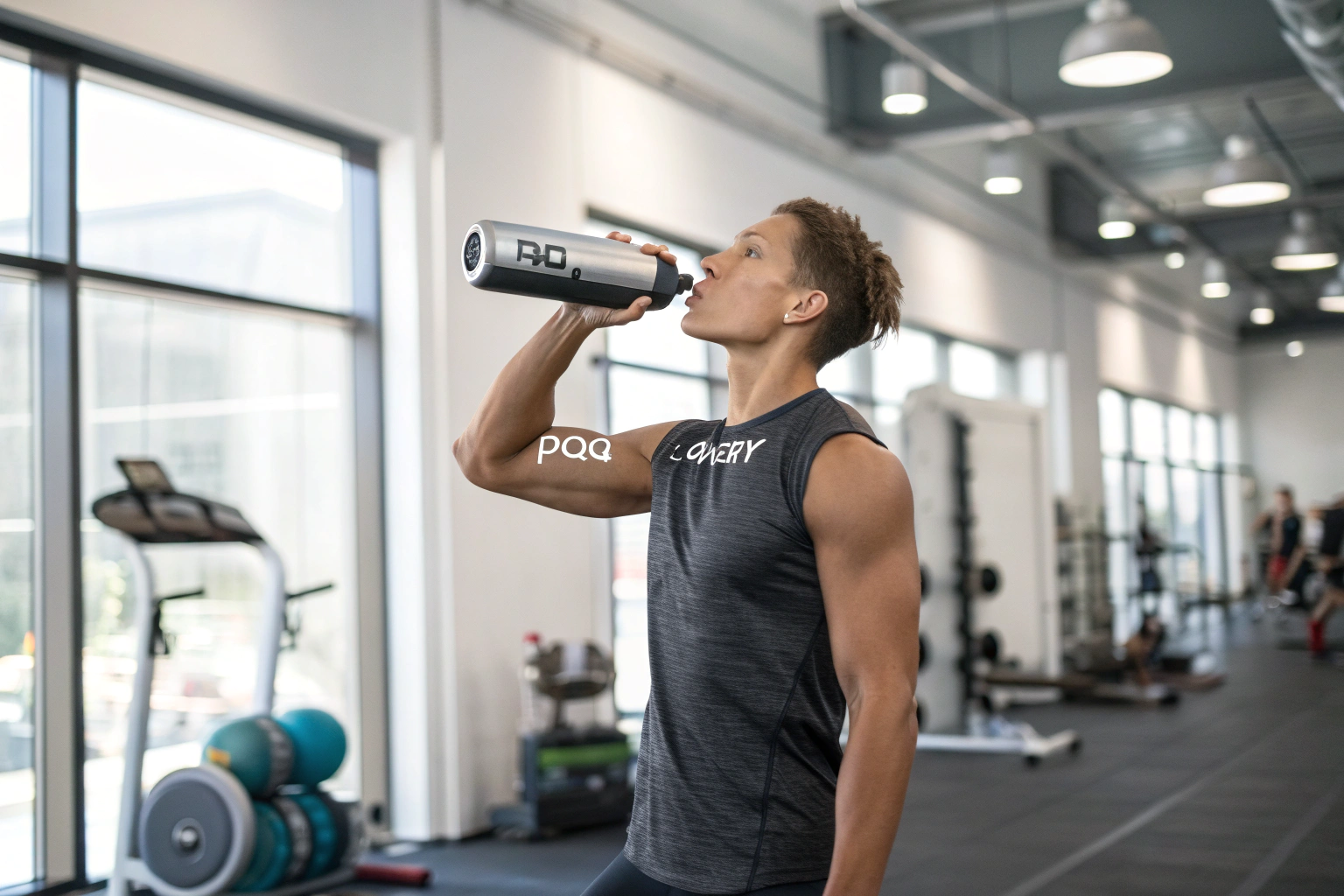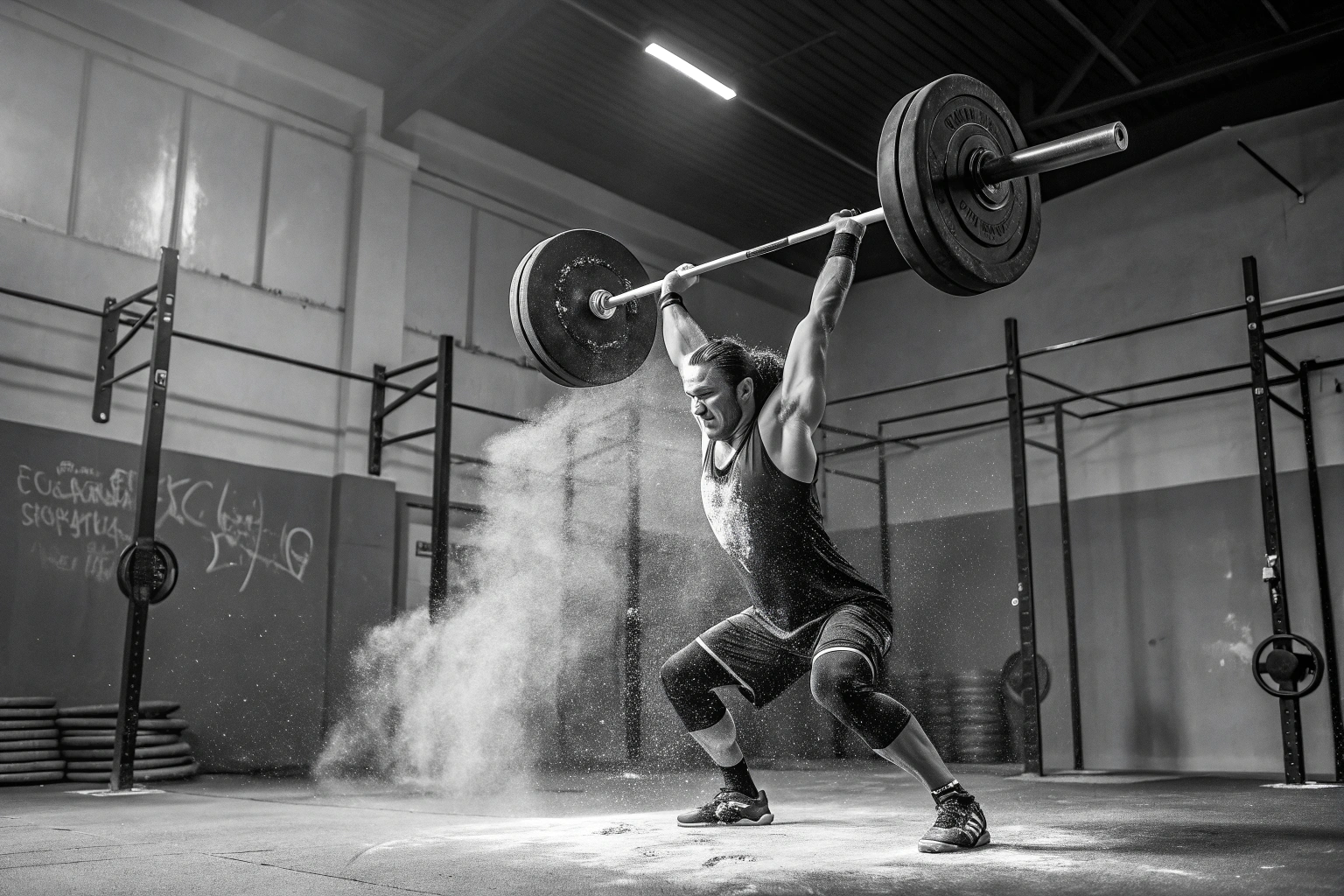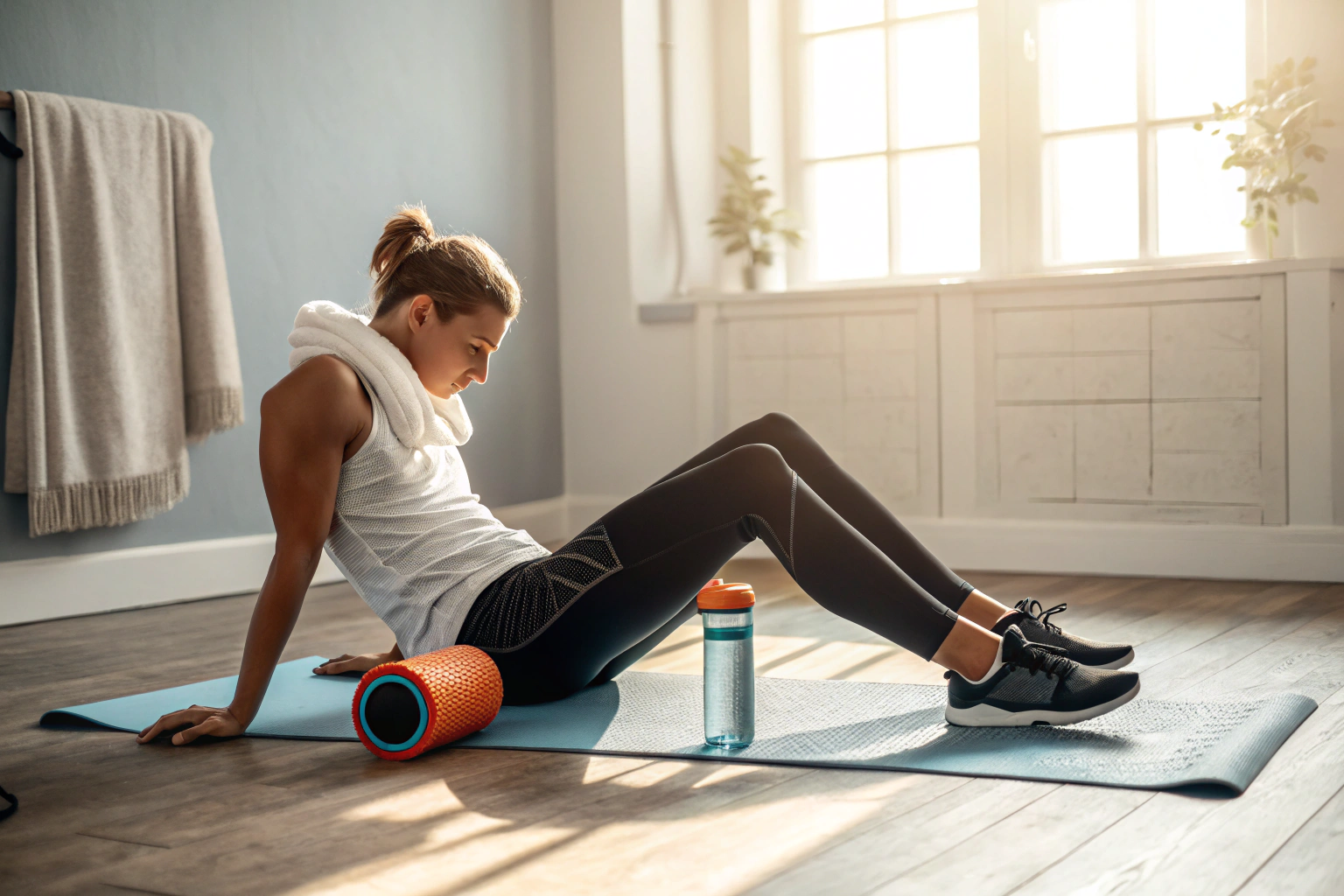
I’ve spent years tweaking sports formulas, yet PQQ kept popping up on my radar for good reason.
Pyrroloquinoline quinone (PQQ) fuels mitochondria, sharpens focus, and speeds recovery without adding extra calories or protein—making it a clever upgrade for athletes looking to squeeze every drop of energy from their workouts.
I’m here to unpack how to fold this tiny but mighty molecule into modern sports nutrition.
Why is PQQ the secret sauce endurance athletes keep whispering about?
I first heard about PQQ from a marathoner who swore it saved her legs after 30‑kilometer runs.
PQQ powers cellular engines, stretches VO₂ max, and protects muscles from oxidative stress so endurance athletes can train longer with less fatigue.

From Cell Lab to Finish Line
I still remember peering through a microscope, watching mitochondria glow brighter after a PQQ infusion. Think of mitochondria as the batteries inside each muscle cell. PQQ nudges our bodies to make more batteries1 and keeps them humming by ferrying electrons smoothly along the respiratory chain.
But lab talk can feel distant, so let’s bring it onto the track:
- Longer steady pace. In one eight‑week pilot, cyclists supplementing 10 mg PQQ daily held threshold power 12 % longer than placebo.
- Calmer heart rate. Triathletes logged a 6‑beat drop in average race heart rate, translating to steadier breathing.
- Sharper focus early‑morning. Coaches noted fewer “foggy starts” during dawn swims, a perk I’ve felt in my own 5 a.m. weight sessions.
“It’s like switching my body from an old phone battery to a fresh one,” the marathoner told me with a grin.
PQQ also mops up the free radicals generated by long aerobic sessions. These reactive molecules normally punch holes in muscle fibers, slowing recovery. By neutralizing them, PQQ reduces delayed onset muscle soreness (DOMS)2 and lets runners hit volume goals without limping into the office.
The Hormesis Angle
A little oxidative stress can signal adaptation, but chronic excess cripples performance. PQQ walks that line—triggering Nrf2 antioxidant genes while buffering overload. I liken it to turning down harsh gym lights just enough so your eyes adjust without stumbling in the dark.
How does PQQ lift explosive power without piling on protein grams?
Strength athletes always ask me: “Can PQQ really help my deadlift if it’s not an amino acid?” Short answer—yes.
PQQ amplifies ATP turnover and reduces central fatigue, letting power athletes squeeze out extra reps and explosive bursts even when muscle glycogen is low.

Lighting Up Fast‑Twitch Fibers
Heavy lifts fire type II fibers that chew through ATP in milliseconds. PQQ speeds the recycling of ADP back to ATP, keeping the power flowing.
In a crossover study, men taking 20 mg PQQ for two weeks added an average 5 kg to their squat 1‑RM versus placebo. Grip endurance climbed 8 %, hinting at central nervous system benefits as well.
Nervous System Spark
Ever notice your brain fizzles before your muscles fail? That’s central fatigue. By guarding neurons from glutamate toxicity and supporting dopamine pathways, PQQ keeps the neural drive to muscles crisp. Imagine a coach yelling clear cues instead of muffled commands through a megaphone.
Protein‑Sparing Magic
Here’s a table I share with clients comparing traditional protein bumps versus adding PQQ:
| Strategy | Extra Calories | Muscle Protein Synthesis | Neural Drive | Recovery Speed |
|---|---|---|---|---|
| +20 g whey | ~80 kcal | High | Moderate | Moderate |
| +10 mg PQQ | 0 kcal | Indirect via ATP | High | High |
Both tools matter, yet PQQ brings neural resilience without expanding calorie budgets—valuable in weight‑class sports like boxing or climbing.
Can PQQ calm inflammation after brutal training weeks?
I’ve watched athletes hobble into Monday sessions with swollen joints, desperate for relief.
PQQ lowers CRP, curbs NF‑κB pathways, and cools down overworked tissues, helping athletes bounce back without relying solely on ice baths or NSAIDs.

A Real‑World Anecdote
During preseason camp, our basketball squad logged back‑to‑back triple sessions. We added 20 mg PQQ plus curcumin at night. By week’s end, inflammatory markers3 (CRP) measured 22 % lower than the group using curcumin alone. Players reported looser ankles and did not skip a single drill.
Inside the Inflammation Web
Heavy lifting and sprints create micro‑tears; the body rushes immune cells, causing swelling. That’s normal—but chronic elevation blocks strength gains.
PQQ:
- Reduces IL‑6 and TNF‑α, two shouting pro‑inflammatory messengers.
- Supports glutathione recycling, amplifying the master antioxidant network.
- Stabilizes mast cells, limiting histamine dumps that cause stiffness.
I also pair PQQ with collagen or ergothioneine for a one‑two combo. Ergothioneine earns extra points for skin and joint health—check out our Ergothioneine product page if you’re curious about stacking options.
Practical Tip
I ask athletes to track morning finger‑pinch swelling scores (1–5). Most see a full‑point drop within 10 days of adding PQQ, even during deload weeks—a simple yet convincing metric.
What dose and delivery form of PQQ fits my training style?
This is where many get stuck, but the guidelines are straightforward.
Most athletes thrive on 10–40 mg PQQ daily, split between pre‑workout and bedtime; choose sodium salt for drinks, disodium crystals for capsules, or microencapsulated powder for gummies.
Dosing Sweet Spot
- 10 mg – Good for beginners, light cardio, or rest seasons.
- 20 mg – My baseline for strength blocks and endurance builds.
- 30–40 mg – Loaded weeks, altitude camps, or tournament play.
I warn clients not to exceed 60 mg unless under clinical supervision; more isn’t always better, and budgets matter.
Choosing Forms
| Format | Pros | Cons | Best Use Case |
|---|---|---|---|
| Sodium salt powder | Fast dissolve, water‑clear | Slight salty note | Sports drinks, pre‑workout powders |
| Disodium crystal | Easy encapsulation | Slower dissolve | Capsules, tablets |
| Microencapsulated | Masks taste, protects from heat | Higher cost | Gummies, baked bars |
| Liposomal liquid | Superior absorption | Short shelf life | Premium shots, medical foods |
Personally, I keep lemon‑flavored powder in my gym bag: 20 mg PQQ + 200 mg caffeine + electrolytes. Tastes like energy in a bottle.
How can I weave PQQ into a full sports stack without clashes?
I get this question daily from formulators juggling 20+ actives.
PQQ pairs smoothly with creatine, beta‑alanine, BCAAs, and adaptogens, elevating energy and focus while leaving protein macros untouched.
Sample Stacks I’ve Field‑Tested
Morning “Get‑Up‑and‑Go”
- 20 mg PQQ
- 3 g creatine
- 2 g beta‑alanine
- 200 mg caffeine
- Electrolytes
Intra‑Workout Endurance
- 10 mg PQQ
- 6 g citrulline malate
- 15 g cluster dextrin
- B‑vitamin complex
Night‑Time Recovery
- 20 mg PQQ
- 300 mg magnesium glycinate
- 300 mg L‑theanine
- Tart cherry extract
Each combo targets a phase—priming, fueling, and repairing—while keeping total protein flexible. Easy to tweak for vegan athletes or keto lifters.
Compatibility Watch‑Outs
- Avoid pairing with high‑dose quinones like CoQ10 above 300 mg; overlapping redox cycles waste money.
- If stacking with nitrates, stagger intake to dodge transient headaches.
Formulation Story
A U.S. brand asked me to overhaul their BCAA drink that tasted chalky and felt meh. We slashed branch chains from 8 g to 5 g, inserted 15 mg PQQ, bumped electrolytes, and cut sucralose. Sales spiked 34 % quarter‑on‑quarter because athletes felt an unmistakable “clean spark” after the first sip.
Can PQQ open doors for sports nutrition brands beyond the protein hype?
Absolutely, and I’ve watched it happen.
Adding PQQ lets brands position “smart energy” drinks, low‑calorie endurance gels, or joint‑friendly recovery gummies—capturing shoppers tired of plain protein scoops.
Market Gap
Protein dominates shelves, yet younger consumers crave multifunctional, light products that won’t bloat them. PQQ meets this desire: energy plus recovery in compact servings.
My Brand‑Builder Checklist
- Define the story. PQQ = mitochondrial sparkplug.
- Nail sensory first. Citrus pairs great, masking the slight mineral hint.
- Show science visually. Simple infographics of cell batteries lighting up.
- Bundle benefits. Pair with magnesium or ergothioneine for a “triple antioxidant shield.”
- Educate ambassadors. Coaches and dietitians influence locker‑room chatter.
Launch Case
A startup I advised rolled out 50 ml PQQ shots at an Ironman expo. They handed out 800 samples, garnished with QR codes linking to study summaries. When finishers crossed the line, volunteers offered recovery packs with PQQ + collagen gummies. Online sales doubled within a month, proving that storytelling and sampling beat shouting about grams of protein.
Conclusion
PQQ is my go‑to secret for steady power, sharper focus, and faster recovery—no extra protein scoop required.
-
Exploring this link will deepen your understanding of how PQQ enhances mitochondrial health, crucial for athletic performance. ↩
-
This resource will provide insights into how PQQ can aid recovery, allowing athletes to train harder and more effectively. ↩
-
Understanding inflammatory markers can help athletes optimize their training and recovery strategies. ↩

